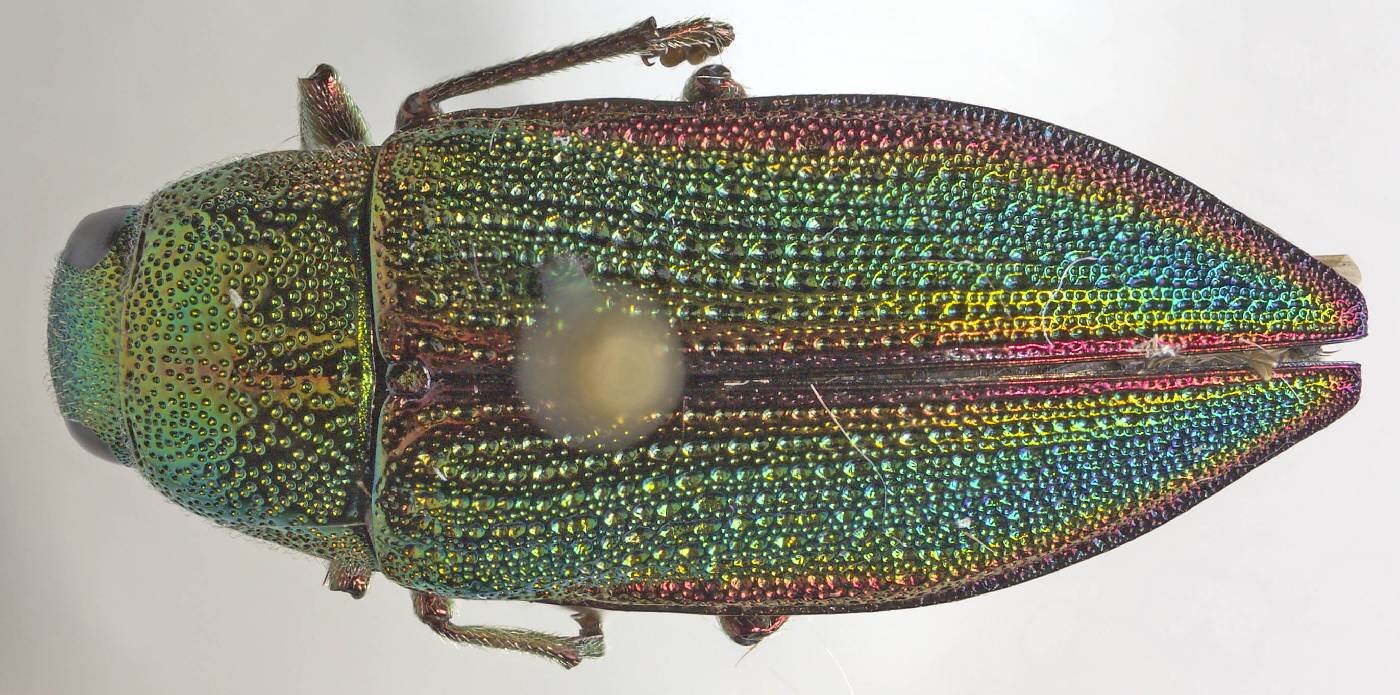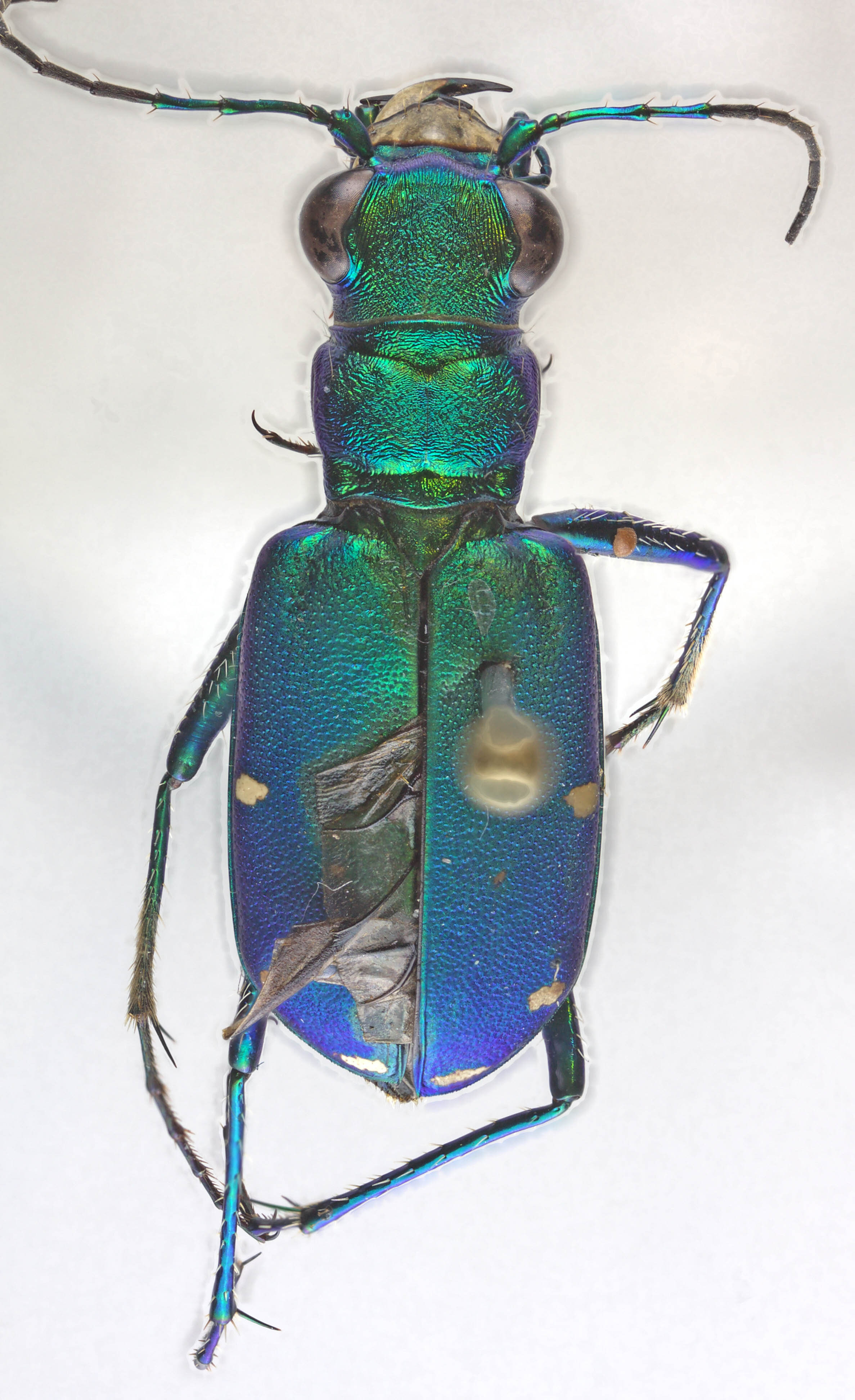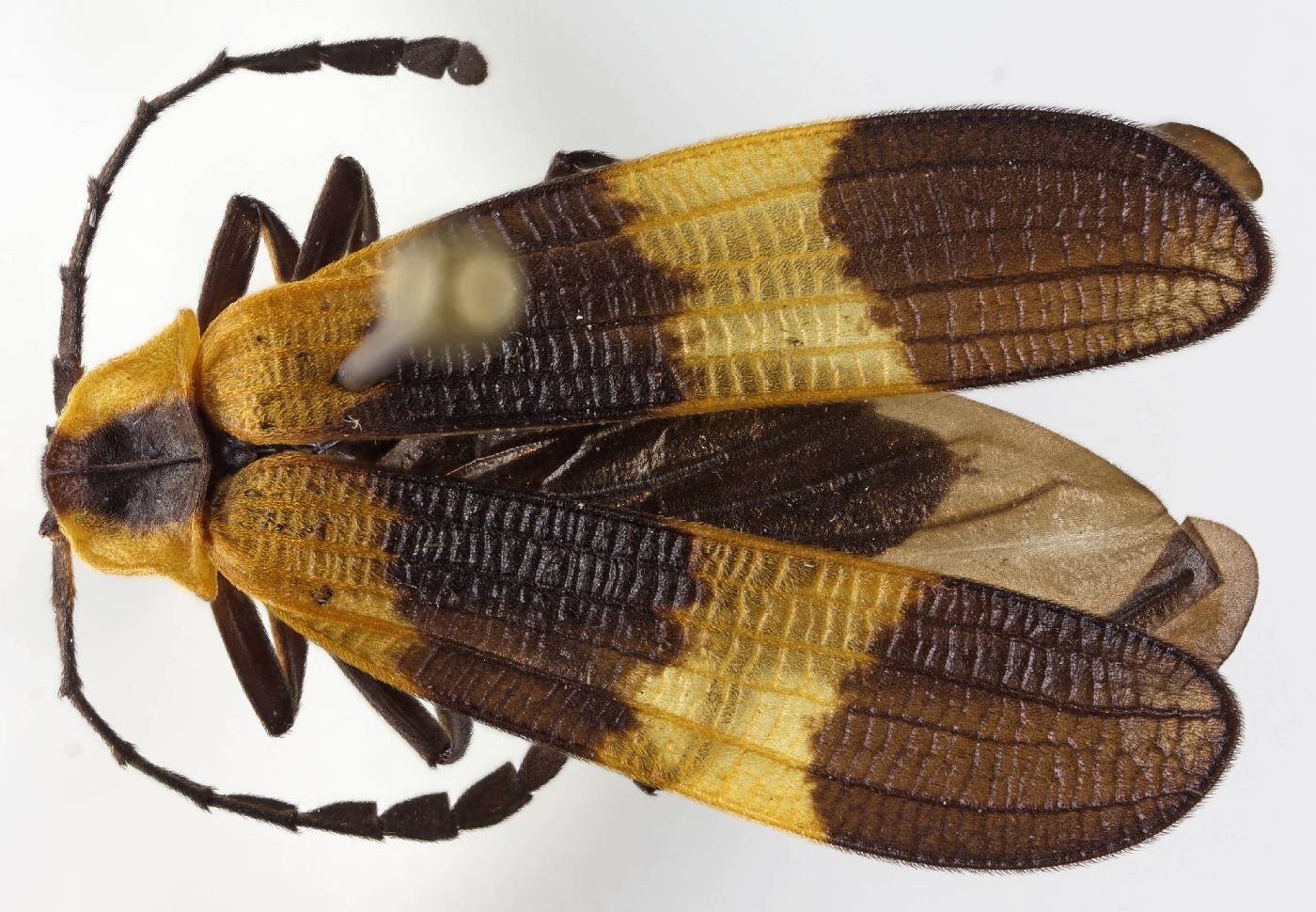Beetlemania in the Gorge
If you’ve ever been lucky enough to go on a road trip with our Executive Director, Rick Huffines, you’ll likely hear him lamenting the cleanliness of your car windshield at every gas stop. Last year, when a few of us TRGT staff traveled to a conference in Maryland, it was the first time I had heard of the windshield phenomenon. Many scientists are now noticing that there are far fewer insects smashing against their windshields on long car rides then there were 10-20 years ago. There is not a data-driven explanation for this phenomenon yet, but many insect scientists (aka entomologists) have a guess. Recent studies have revealed global declines in insect biodiversity and abundance. Much of this decline is likely due to habitat loss, use of agricultural pesticides, urbanization, and climate change. Less insects in the world might mean cleaner windshields, but that causes alarm for many conservationists.
Even so, insects might not be at the top of most folks’ lists of favorite organisms. Their creepy crawly nature means that they are often ignored in favor of more charismatic (furry and feathered) species. However, there are some local entomologists that are paying attention to insect biodiversity here in the Southeast. A team of UTC researchers, lead by Dr. Stylianos Chatzimanolis recently reported new state records for 53 beetle species in 13 different families, many found in the Tennessee River Gorge. Their findings are published in the scientific journal Coleopterists. For the study, the Chatzimanolis lab at UTC extensively surveyed lands conserved by TRGT and nearby Lula Lake Land Trust. They used an array of different types of insect traps including pitfall traps to catch the beetles and then identify them. Entomologists bury the plastic cylinder-shaped pitfall traps so that the top of the trap is level with the ground. Beetles and other ground-dwelling insects crawl into the traps, falling into the plastic cylinder. After a few days, they are collected and brought back to the lab for identification.
The news about the new state records for 53 different beetle species on lands conserved by TRGT and our partners at Lula Lake is exciting for a few reasons. First, beetles are an excellent organism to study in order to learn more about global biodiversity. Beetles make up the insect order Coleoptera (latin for “folded wing”) which represents over 40% of all insect species. Insects themselves account for over half of the biodiversity of all living organisms on earth! The species that the UTC team discovered in and around the river gorge could be indicators that TRGT’s conserved lands are providing good habitat for beetle biodiversity. The Cumberland Plateau and Tennessee Valley regions are well-known for their rich aquatic, plant, and bird biodiversity, but insect biodiversity has only been explored by a few entomologists like Dr. Chatzimnolis. The new beetle species records help paint a better picture of the story of insect biodiversity in our region.
Healthy insect biodiversity is important for many organisms on earth, including humans. You might remember that last year the journal Science reported that there has been an almost 3 billion bird loss since the year 1970 (you can read more about this in our blog here). Many of our favorite birds rely solely on insects for their food, and many biologists think there is a connection between bird declines and insect declines. Insects (especially beetles) also have other important roles in ecosystems – they break down dead plant and animal matter into soil nutrients, they pollinate plants that make our food, and help keep the soil healthy.
It's easy to see why the windshield phenomenon bugs conservationists like Rick so much. Without beetles, mayflies, ants, honeybees, we’d have much bigger problems than an extra trip to the car wash. Next time you see a squished beetle on your windshield, rejoice! (or at least appreciate it before grabbing the sponge). Want to learn more about beetles and other insects? A great way to start is by identifying organisms you see in your backyard. Check out the Seek app by iNaturalist. You can also nerd out by digging through UTC’s virtual insect collection.
By Angie Langevin
Photos by the University of Tennessee Chattanooga





